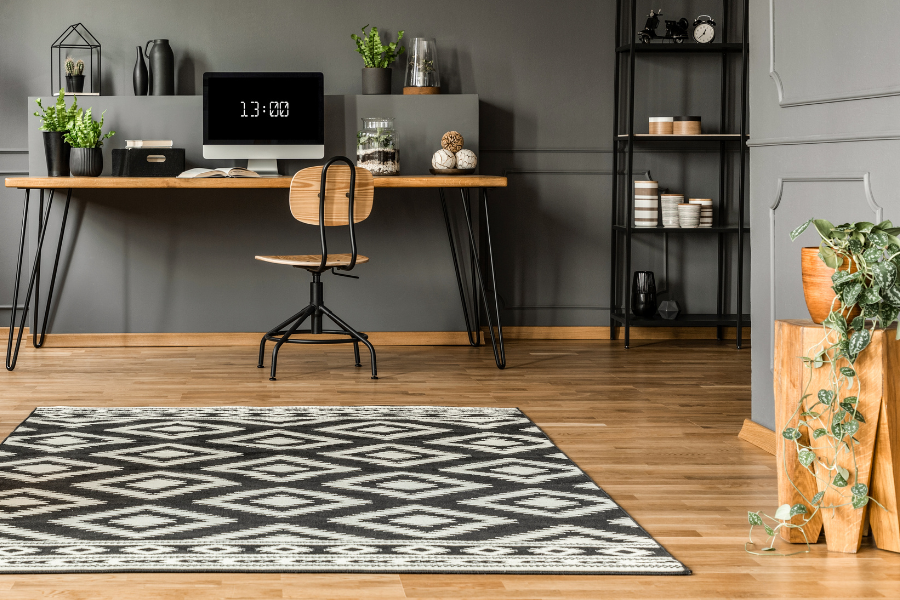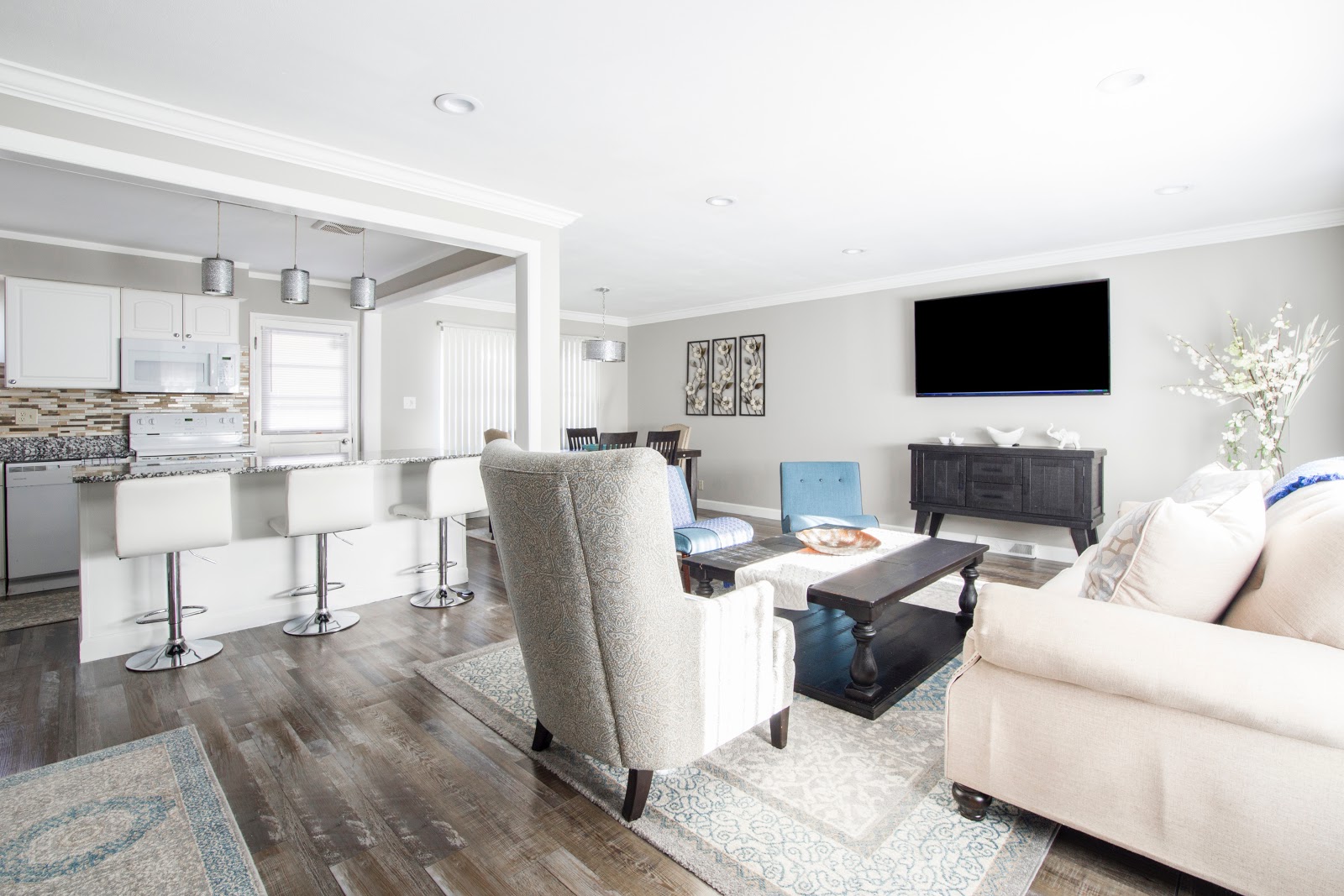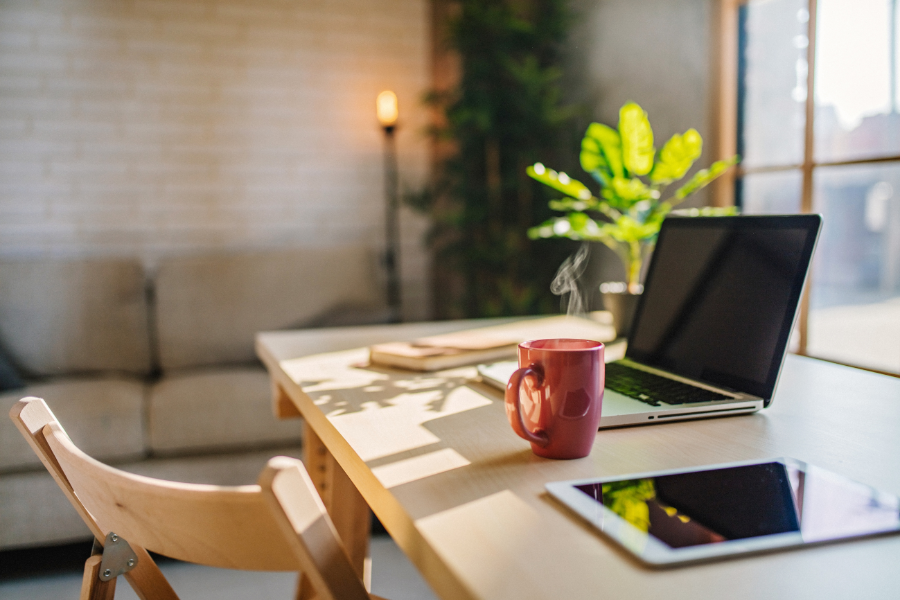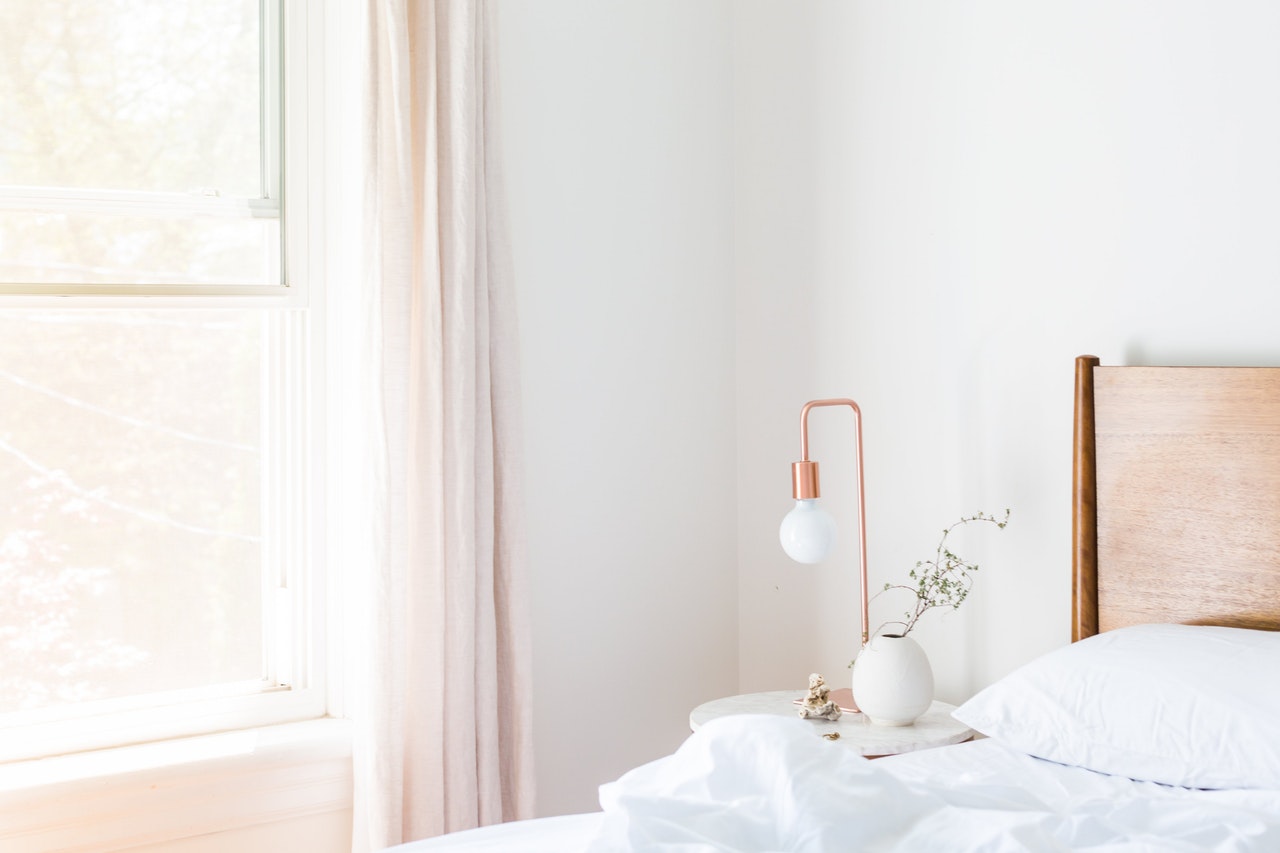How to Arrange Furniture Like a Pro: Our top 10 tips
Whether you have a large, vast space or a small, cosy room, the way you arrange your furniture can really make all the difference. It’s about choosing pieces wisely and arranging them well. So, to help, we’ve rounded up our top 10 tips on how to arrange furniture like a pro.
1. Start with a focal point
First thing’s first, you need to identify a focal point. It tends to be the first thing your eyes are drawn to when entering a room. Sometimes it’s obvious, like a fireplace, a large window or a dramatic feature wall. Other times, it’s up to you to create the focal point which can be achieved with objects like large mirrors, statement furniture or art.
Once you have identified your focal point, you can then arrange your furniture accordingly to accentuate it.
2. Think about footfall
The last thing you want in any space is for people to have to step over or navigate past furniture. There needs to be clear walkways, so depending on the size of your foom, you generally need at least a few feet between items. This will also help make the space look less cluttered and more spacious.
3. The conversation pit
Back in the 1950’s, before TV began to dominate as a focal point, it was all about the conversation pit. Put simply, it was built-in seating or sofas in a depressed section of a large room. The area tended to have a table in the centre, to allow for socialising and conversation.
Now in 2019, this trend has come full circle and interior designers are championing its return. Instead of having all the focus on large, wall adorned TVs, the trend is leaning back to socialising and face-to-face interaction. The conversation pit is also proving a hit with millenials as design historian, Alessandra Wood explains “Millennials love experiences, and the conversation pit is the ultimate mid-century modern experience.”
To create your own, you don’t necessarily need a depressed section in a room or built in furniture. This can be achieved simply by arranging two sofas facing in to encourage conversation.
4. Think about balance
This is crucial when choosing and arranging furniture. Think about the varying heights of pieces and don’t group all the tall items, for example, together as this would cause an imbalance in the space. Take stock of your furniture and make sure the varying sizes are spread evenly around the room.
The same goes with shapes. If, for example, your sofa is rounded, consider choosing a square coffee table. This will ensure there is variety and a good balance across the board.
5. Don’t forget about lighting
Accent lights can completely change a room. It’s often something that gets neglected as people opt for the same old lamp. However, tall floor lamps, side table lamps and overhead lighting all bring a different dimension. Try experimenting with a few different lights, using them in a variety of areas. You’ll probably be surprised by the impact they can make.
6. Use an area rug
Area rugs can be a great way to bring all the furniture together. They work particularly well in seating areas and make the furniture appear more ‘together’, particularly in larger spaces. It’s important, however, that all of the furniture fits onto the rug, otherwise the effect won’t work. The coffee table and sofas (at least the front legs) should all be positioned on the rug to create the desired effect.
7. Define spaces
Recently, in the UK, open-plan living has become a popular trend. Kitchen-diners, for many, are the hub of the home where families cook, play and eat together. It is important, however, that the various areas in these open spaces are well defined.
Furniture is a great way to create divides in larger spaces and define multiple areas. For example, in a kitchen-dinner, you could move your sofa so it faces away from the kitchen and back it with a bookshelf to create a clear divide. A rug and a statement coffee table would also help to create a form of mini-lounge within the larger room.
8. Use mirrors
Mirrors work particularly well in smaller spaces, adding light and creating the illusion that rooms are larger. Try to angle your mirrors towards the room’s focal point to help provide more depth. Mirrors also work particularly well when placed near windows to reflect natural light around the room.
9. Opt for multi-functional
Multi-functional furniture is especially useful in smaller rooms, helping to maximise the available space. Opt for coffee tables, tv stands and side cabinets with storage to provide the added space you need for household items.
Remember to place larger items of furniture around the edges of the room to really maximise the open space. The longest eye-line in any room is the diagonal, so placing furniture on an angle along that straight will help to draw the eye further.
10. Nearby surfaces
This is mainly one for the living room but can also be just as useful in the bedroom. Generally wherever there is seating, you should have a surface within arms reach for drinks. Use coffee and side tables, placing them in convenient places around the room.
Keep in mind the above points with this one, however, and if the surfaces block walkways or make the room look cluttered, choose nest tables which can easily be brought out and placed appropriately when you’re hosting guests.






